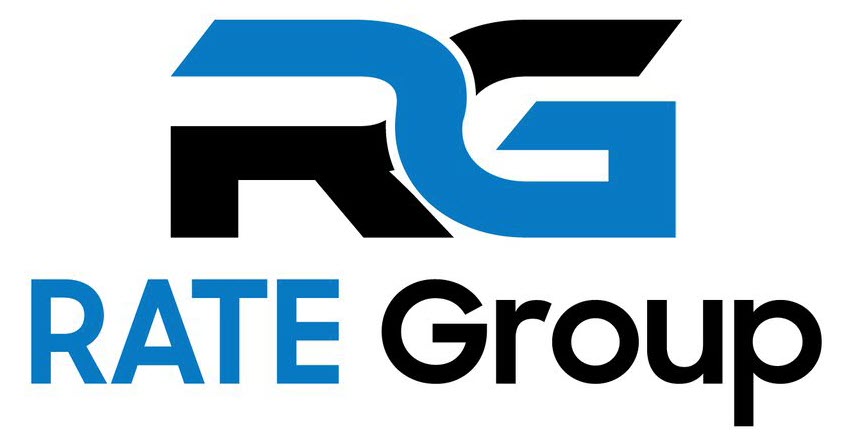
06 Feb Decentralized Derivatives, The Beginner’s Guide
[ad_1]
Decentralized finance is flourishing. Lending platforms are still the most popular use case for DeFi, but decentralized derivatives are emerging as a contender for 2020. Here’s our guide to the major DeFi derivatives platforms.
Derivatives aren’t new to crypto. BitMEX opened the doors on its crypto futures trading platform back in 2014. Now, anyone wanting to trade crypto derivatives has plenty of exchanges to choose from, including Binance, OKEx, and Huobi.
Crypto derivatives operate in roughly the same way as traditional derivatives. A broker provides the contract and the leverage. Then, these contracts can be traded on exchanges. In the case of BitMEX and other crypto-derivatives platforms, it acts as both the broker and the exchange.
Decentralized derivatives are slightly different, in that they don’t require a broker. Instead, the terms of the contract can be programmed into smart contracts, eliminating the need for a third party. Settlement automatically takes place…
[ad_2]
Source link

